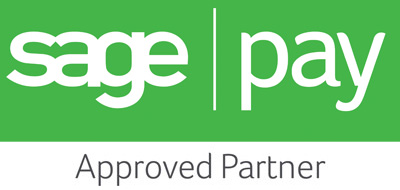Is Digital Data Like Dating
If you're in the digital dating pool yourself, or you know people who are, then you're certain to have heard more than a few horror stories of dodgy dates, time wasters, and dating app fatigue. We have certainly spent time consoling friends about their latest first date failure and we couldn't help noticing a parallel with digital marketing.
The likelihood of finding a good match on a dating app depends a lot on the quality of the other users. For the sake of argument, we will assume that there's nothing wrong with us and our profile (but as we will see, that could also be the source of some failures).The reason we're not getting the matches, or converting customers, is because of the data pool we're working with.
Take an app like Tinder, for example. It's not exactly known for its ability to turn dates into long term relationships, yet people keep using it and facing disappointment. Why do people do this? The answer lies in the power of numbers – Tinder has a huge user base so people think they have more chance of making a match if they're available to the greatest number of people. While there is some logic in this, when we consider that if those users aren't actually interested in what we have to offer, there's no point in keeping on communicating with them.
A niche app, like Muddy Matches (for rural, farm-friendly singles) might have fewer users, but if you're into long walks in wellies and nights by the fire you're much more likely to match with someone who has already pre-qualified themselves as compatible with what you're offering. So how do brands switch from a Tinder style approach to a more targeted way of courting customers?
The answer lies in data quality. Some companies resist the idea of cleaning up their database because it means the number of targets goes down, but this is a very short-sighted view. Sure, the overall number of contacts is reduced, but the ones that are left are the ones who are worth communicating with. There's no point sending emails or mailshots to duplicate accounts, incorrect addresses, to named contacts who no longer work there or to unmanned mailboxes. It's the same thing as switching from a broadcast approach on Tinder, to a more targeted, personal approach on a niche dating app.
When it comes to our marketing messages we need to remember that this is analogous to our dating app profile. A misleading profile picture or a not-quite-true subject line will put people off as soon as they uncover the truth, often purely because they feel lied to. A potential customer or date might actually be interested in what you're selling if you are honest and up-front about it. Is there anything else in your dating profile/marketing message that could be misconstrued? Think about the red flags a customer or date might look for and ensure you're not waving any in your messaging.
If your marketing database is due a clean-up, don't hesitate to get started. The sooner you are working with a clean dataset the sooner you can start getting some tangible results. A tighter database also means that your ROI and other success metrics will look better already (especially things represented in percentages such as click through rates) so do keep this in mind when analysing your campaigns. You will notice that you'll have fewer bounces and auto-replies to sift through and more time to spend courting customers who are actually interested in what you have to offer.
